The Post-COVID Surge of In-Store Violence and Evolving Loss Prevention Policies
Retail TouchPoints
AUGUST 14, 2024
This trend isn’t uniform across the board — stores selling everyday goods in high-traffic urban locations are generally at higher risk than specialty retailers and those situated in suburban shopping centers. This increased risk has forced retailers to reconsider their loss prevention strategies.

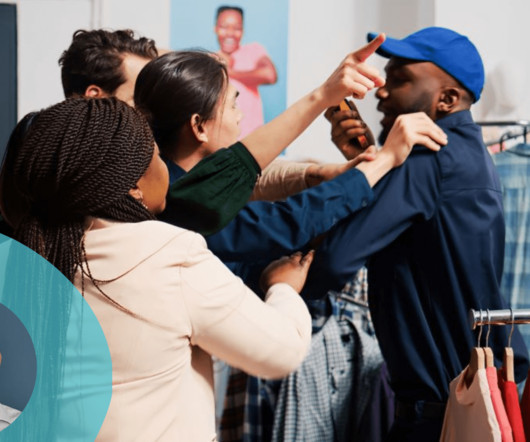
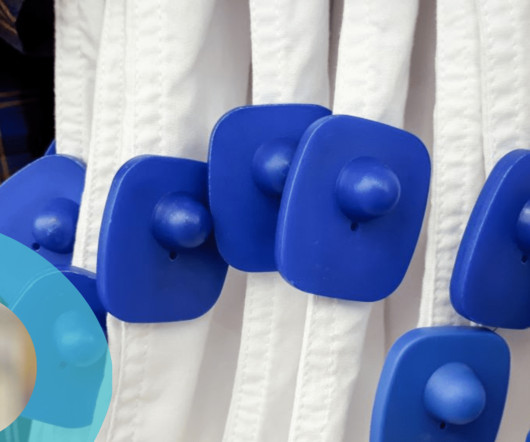
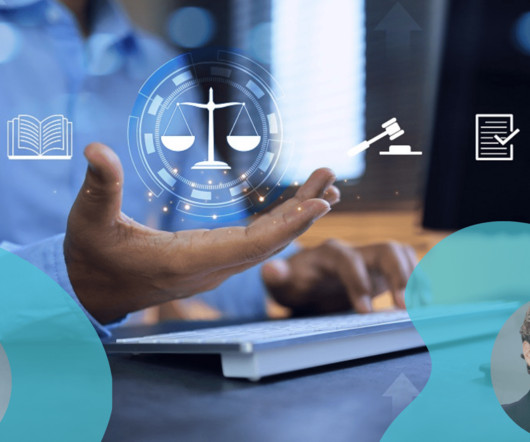
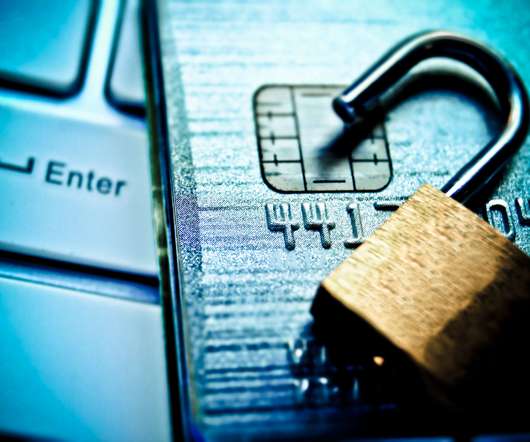
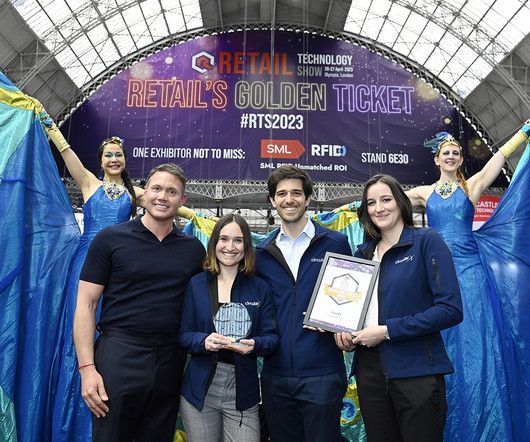
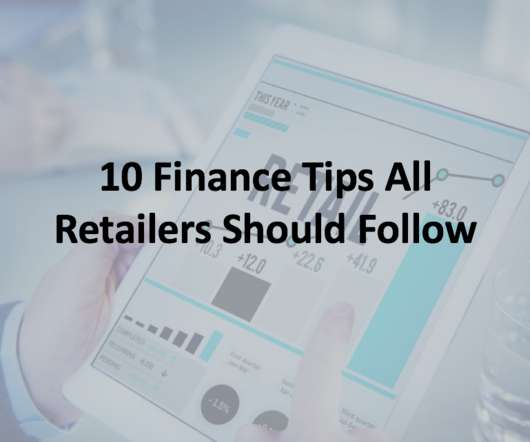







Let's personalize your content